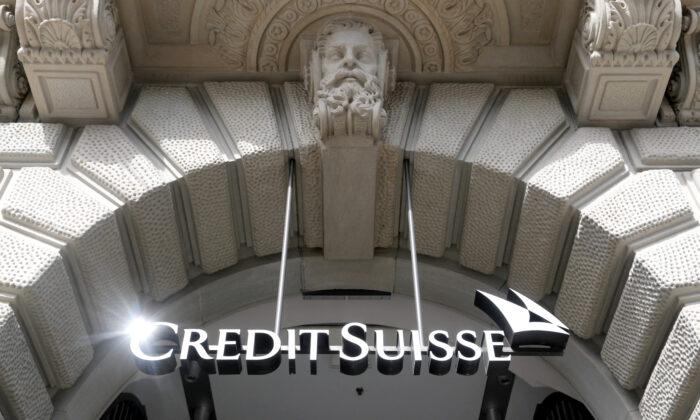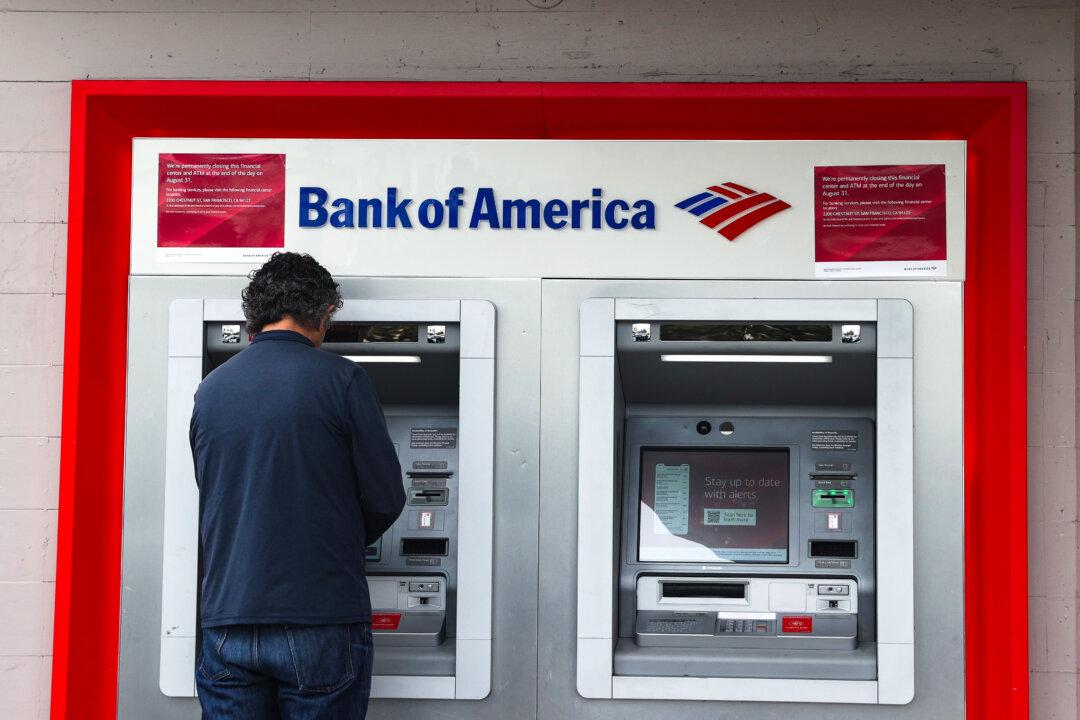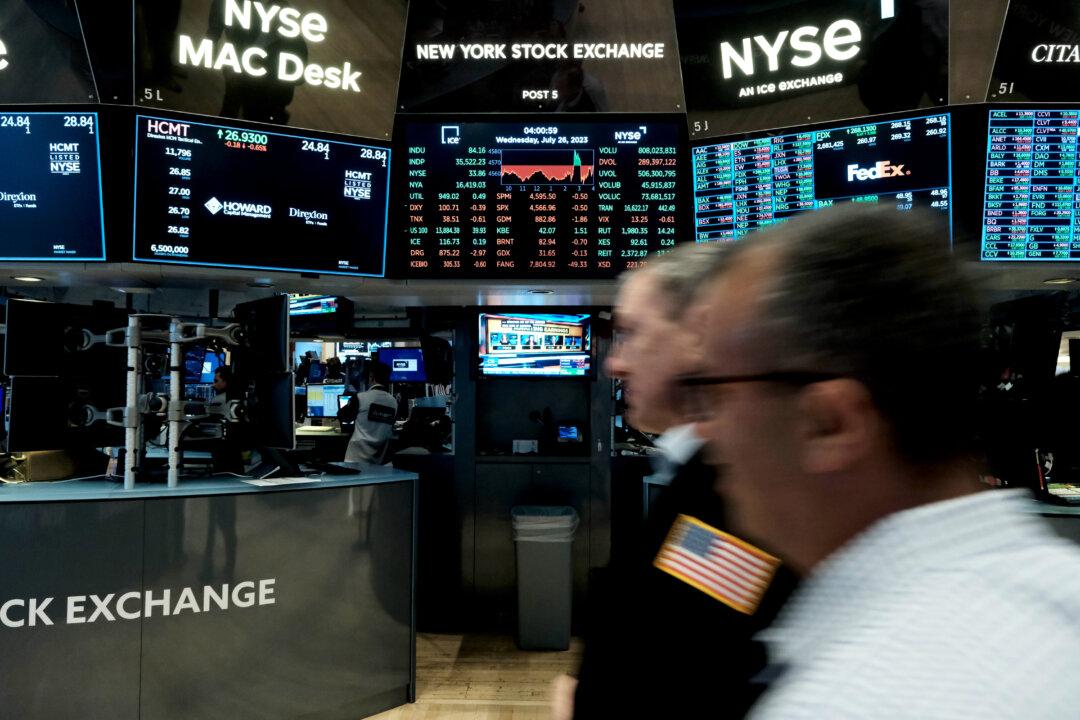The collapse of Credit Suisse, the Swiss banking giant that ended its 167-year history on March 20 in a state-sponsored takeover by rival bank UBS, wasn’t the result of mismanaging liquidity or interest-rate risk like Silicon Valley Bank, but rather a death by a thousand self-inflicted cuts.
The past decade featured an endless parade of costly, headline-grabbing stumbles and scandals, including criminal money laundering, involvement in drug trafficking, wire fraud, spying on employees, client lawsuits, and even violating quarantine protocols when the bank’s CEO flew to England to attend Wimbledon in the midst of the COVID pandemic.
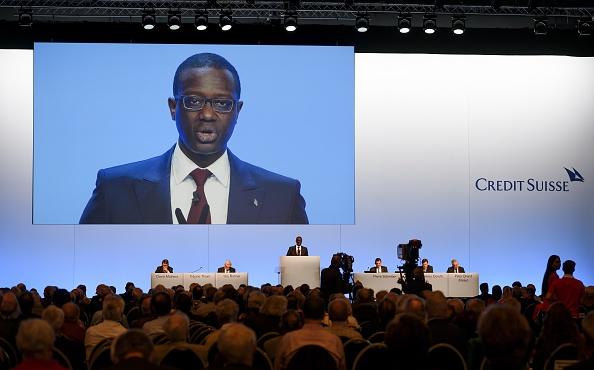
Khan was in the process of tearing down an existing house on Lake Zurich and building a new one that would be larger than his boss’s home, to which Thiam responded by planting large trees that blocked Khan’s view of the lake.
A confrontation in downtown Zurich ensued, in which Khan got out of his car to confront several men who were tailing him and his wife and then filed a criminal complaint against bank executives.
Swiss authorities determined that the spying was illegal; the story made headlines; and Thiam was forced to step down as chairman, replaced by Thomas Gottstein.
Lose Money, Get Sued, Get Fined, Repeat
In 2021, despite several warnings, Credit Suisse lost more than $5 billion, the biggest single loss in its history, on loans to a hedge fund called Archegos Capital Management, whose managers were subsequently charged with fraud, racketeering, and conspiracy.Regulators launched investigations that revealed extensive deficiencies in the bank’s risk management, and customers who had lost money teed up lawsuits.
This came on the heels of another 2021 crisis, in which Credit Suisse encouraged its super-wealthy clients to invest in what was called the Greensill funds, which were represented as low-risk funds that financed companies’ supply chains.
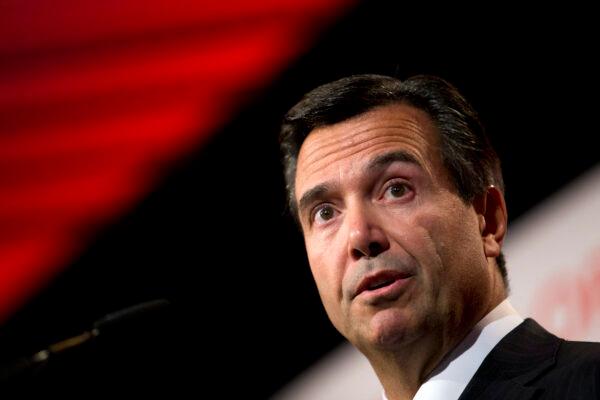
‘Tuna Bonds’
Other prominent scandals included the “tuna bonds” debacle. In this case, Credit Suisse partnered with Russian state bank Vneshtorgbank to arrange $2 billion in loans to the African country of Mozambique. These loans were intended to finance fishing ships, military ships, and weapons to protect the country’s budding fishing industry.
Other debacles included the “Swiss leaks” scandal and the “Jets and Yachts” scandal that featured boat and aircraft loans to Russian oligarchs, both of which resulted in still more investigations and fines for the bank.
Brief History of a Swiss Financial Icon
Founded in 1856 to finance railroads in Switzerland, Credit Suisse rose to become one of the world’s largest banks, with offices in 50 countries, catering to the world’s uber-rich.Its success was based on a reputation for secrecy, stability, and discretion. Before its demise, the Zurich-based bank was one of the world’s approximately 40 Global Systemically Important Banks, with 50,000 employees and about $1.5 trillion in assets under management.
Its divisions included wealth management for ultra-high-net-worth individuals, investment banking, asset management, and a Swiss commercial and retail bank. At its peak in 2007, the bank reached a market capitalization of $87.7 billion.
In 1990, Credit Suisse turbo-charged its investment banking division with the acquisition of the storied but troubled investment bank First Boston. In its heyday, First Boston was a top-tier Wall Street institution known for its innovation as well as its risk-taking. It was a leader in mergers and acquisitions and helped pioneer new financial markets, including high-yield bonds, mortgage-backed securities, and the dot-com craze.
During the 2008 mortgage crisis, Credit Suisse, a prominent arranger of mortgage-backed securities and collateral debt obligations, took a hit, as did virtually every major bank.
But unlike most banks, it was able to weather the storm without a government bailout. UBS, by contrast, required government assistance. Ironically, some say that crisis forced banks like UBS to restructure and ultimately put them on sounder footing with tighter risk management systems, a process that Credit Suisse didn’t undergo to the same extent.

Final Attempt to Fix the Bank
In 2022, Credit Suisse made a final attempt to right itself. It brought in a new chairman, Axel Lehmann, replaced many of its board members, and put new senior management in place. Its latest reform effort was underway last week and featured a plan to cut staff in response to a chronic decline in deposits and to spin off the investment bank to reduce risk.In addition, its asset management division stated that it would follow “environmental, social and governance (ESG) criteria at various points in the investment process with an active sustainability offering, which invests in line with the Credit Suisse Sustainable Investment Framework.”
The bank approached its largest investor, the Saudi National Bank (SNB), to ask for more capital to shore up its liquidity. But SNB already owned 9.8 percent of the bank’s shares and didn’t want to buy more.
Among those reasons, he said, was that owning more than 10 percent of a GSIB bank would trigger new regulatory rules for Saudi Arabia’s largest bank. “We’re not inclined to get into a new regulatory regime,” Khudairy said.
Despite SNB’s rebuff, there were reasons to hope, and the Swiss government threw the bank a lifeline. By contrast to SVB, Credit Suisse had managed its leverage, liquidity, and interest rate risk effectively and appeared to be solvent.
In order to provide liquidity to cover deposit outflows, the Swiss government lent the bank 50 billion Swiss francs. But the share price continued to tumble as customers continued to defect.

Were it not for the current economic climate and a general loss of trust in banks, Credit Suisse might have survived to launch another reform and restructuring effort, cutting costs, shedding its investment bank, and attempting to rebuild its reputation. Unfortunately, today’s markets and bank customers were in an unforgiving mood.
Like Russia’s Grand Duke Michael Romanov, who was offered the title of tsar after the abdication of his brother Nicholas II in 1917, Credit Suisse’s last chairman, Lehmann, could ultimately do little but hand over the keys to the new regime.
Swiss regulators created an emergency exemption so that no approvals for the sale were required from shareholders of either bank. It was “a historic, sad, and very challenging day,” Lehmann said.
